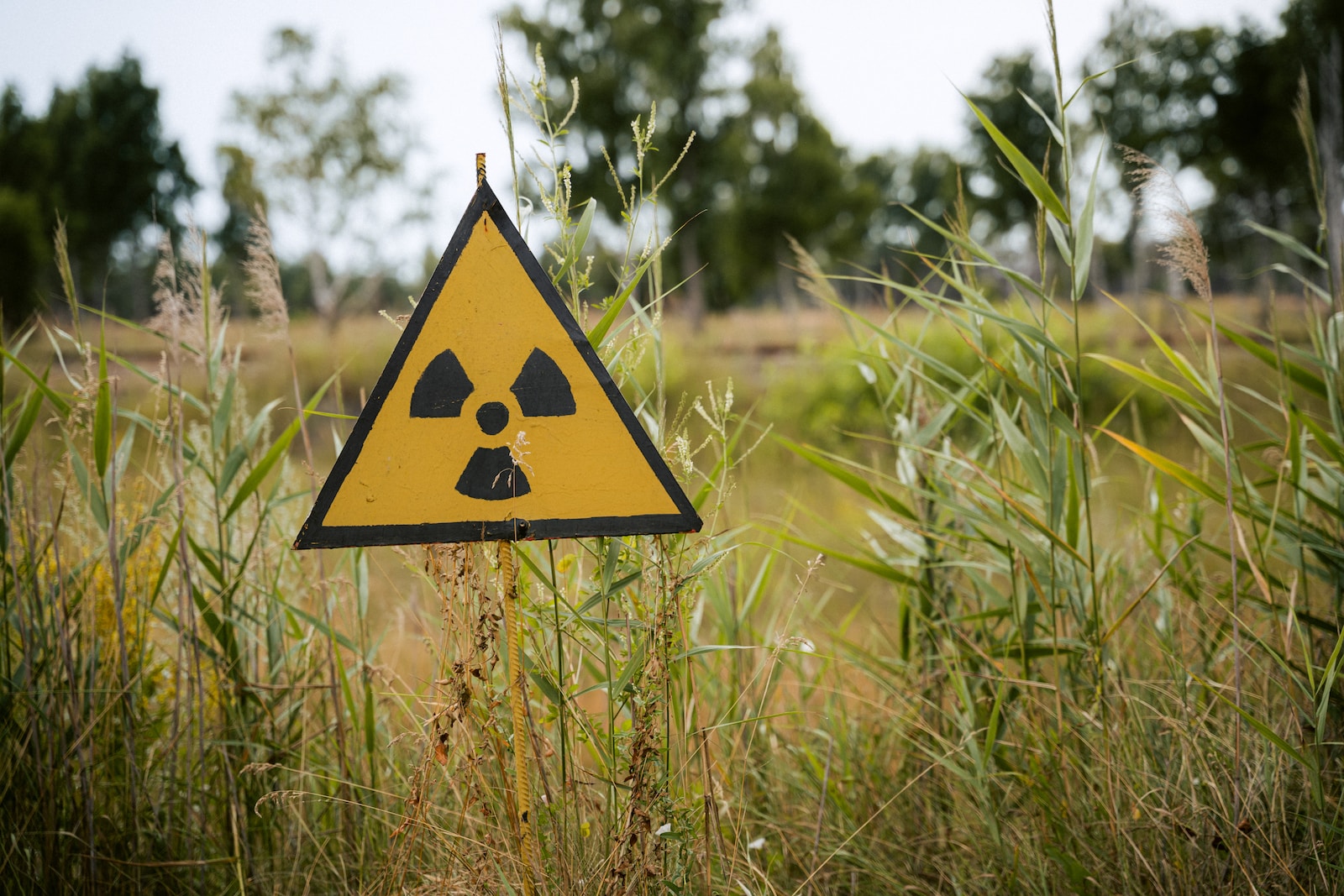Table of Contents
ToggleIntroduction:
Decommissioning old nuclear plants is a complex and costly process that involves dismantling reactors, managing radioactive materials, and ensuring safe disposal. However, the decommissioning challenges and the lack of a permanent solution for nuclear waste raise significant concerns about the construction of new nuclear plants. This article examines the implications of these issues and explores alternative clean energy options.
Decommissioning Challenges: Complex Processes and High Costs
The decommissioning of old nuclear plants presents numerous challenges. The process involves intricate procedures, including reactor dismantling, waste management, and site remediation. These tasks require specialized knowledge, advanced technologies, and adherence to stringent safety standards. Moreover, decommissioning can be financially burdensome, with costs often exceeding initial estimates. The high expenses associated with decommissioning raise questions about the feasibility and sustainability of constructing new nuclear plants.
The Waste Dilemma: Lack of a Permanent Solution
One of the most pressing concerns in nuclear energy is the lack of a permanent solution for nuclear waste storage. While temporary storage options exist, the absence of a definitive plan for long-term waste disposal poses ethical, environmental, and safety challenges. Radioactive waste remains hazardous for thousands of years, necessitating the establishment of a secure and permanent repository. Addressing the waste dilemma is crucial before considering the construction of new nuclear plants.
Environmental and Health Risks: Examining the Fallout
Nuclear energy carries inherent environmental and health risks. Accidents like Chernobyl and Fukushima serve as reminders of the potential consequences of nuclear accidents. Even with improved safety measures, the long-term effects of radiation exposure and the impact on ecosystems cannot be ignored. Careful consideration of these risks is necessary when evaluating the viability of building new nuclear plants.
Public Perception and Safety Concerns: Building Trust
Public perception and safety concerns play a significant role in shaping the future of nuclear energy. Transparency, open dialogue, and effective communication are essential to address public apprehensions and build trust. Stricter safety regulations, robust monitoring systems, and comprehensive emergency preparedness plans are vital for ensuring the safety of nuclear facilities. Addressing these concerns is crucial to garner public support and make informed decisions about the construction of new nuclear plants.
Exploring Alternative Clean Energy Options
Given the challenges associated with nuclear energy, exploring alternative clean energy options becomes imperative. Renewable sources such as solar, wind, and geothermal offer sustainable and environmentally friendly alternatives. Investing in research, innovation, and infrastructure for these clean energy options can pave the way for a safer and more sustainable future. Transitioning to cleaner energy sources can reduce environmental impact and mitigate the risks associated with nuclear energy.
Conclusion:
The decommissioning challenges of old nuclear plants and the lack of a permanent waste solution raise significant concerns about the construction of new nuclear plants. Complex decommissioning processes, high costs, and the absence of a secure waste repository necessitate a reevaluation of nuclear energy. Environmental, financial, and safety considerations must be thoroughly assessed. Exploring alternative clean energy options offers a pathway to a sustainable future. By prioritizing safety, environmental stewardship, and the development of renewable energy sources, we can shape an energy landscape that is both safe and environmentally responsible.







